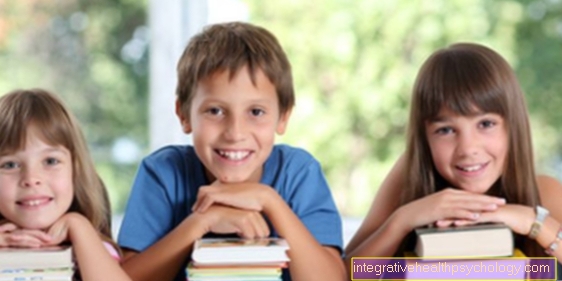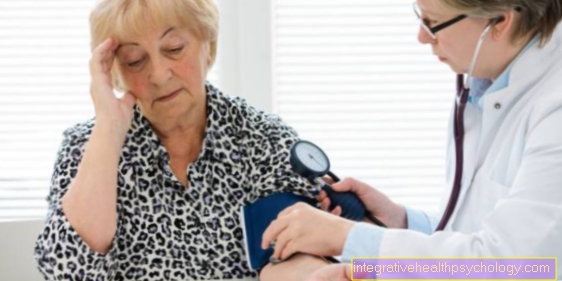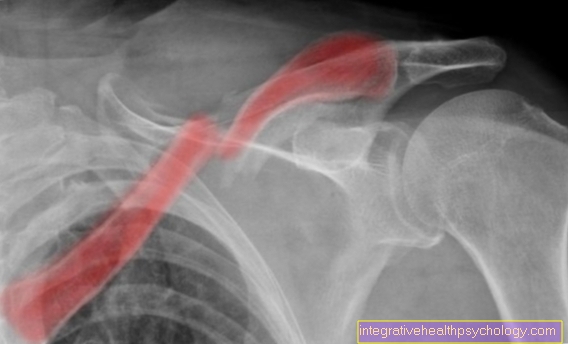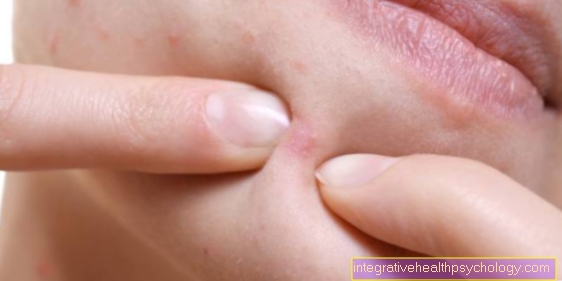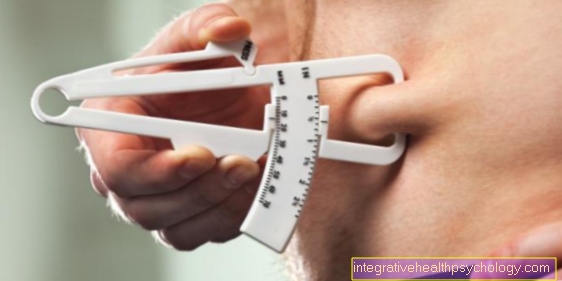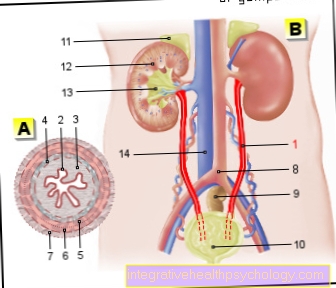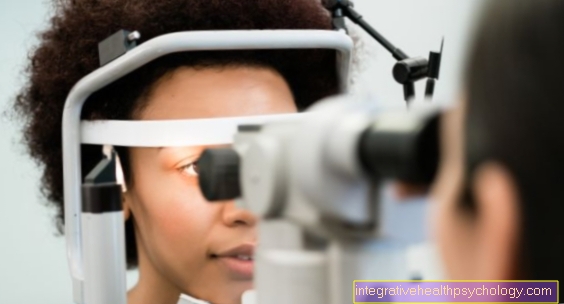Lidocaine gel
introduction
Lidocaine is a local anesthetic which, by blocking sodium channels in nerve cell membranes, reduces the transmission of pain to the brain. In gel form, lidocaine can be applied to the skin and mucous membrane or used for anesthesia in body cavities when catheters are placed. The lidocaine only penetrates the layers of the skin and only a small amount is absorbed into the bloodstream. Side effects tend to be localized and rarely found anywhere in the body.

Indications for lidocaine gel
As a local anesthetic, lidocaine can be used to relieve pain in almost all areas of the body. The gel form is particularly suitable for making medical procedures more comfortable.
One area is the insertion of catheters or endoscopes into the urethra. This insertion is a usually uncomfortable to painful procedure for diagnosing bladder diseases or, in the case of the catheter, for draining the urine. The gel is applied to the catheter or endoscope and inserted into the urethra. Lidocaine gel can also be applied to the instruments for endoscopy of the stomach or the airways, making the examination less painful.
Lidocaine gel can also be used for premature ejaculation, as it delays it when applied to the glans. In this case, however, the gel should be washed off again before intercourse. Lidocaine gel should only be used on intact skin and not on open wounds, as too much of the drug gets into the bloodstream and has a toxic effect.
You may also be interested in this topic:
- Gastroscopy
Effect of lidocaine gel
Lidocaine is a poorly water-soluble but fat-soluble substance and can therefore be easily absorbed through the skin. The absorption through the mucous membrane is even better, as this is intended to absorb many substances.
The lidocaine is quickly absorbed after application and is stored in the cell membrane of the nerve cells. In the cell membrane there are many small channels for sodium, which are necessary for the transmission of stimuli along the nerve. These channels are blocked by the lidocaine and the formation of the signal, the action potential, is prevented. Lidocaine starts to work just a few seconds to minutes after administration, as the active ingredient only needs to reach the local nerves and does not have to act centrally. The rapid effect is particularly helpful when inserting a catheter, since the active ingredient is introduced together with the catheter. At higher doses, lidocaine also has a central effect and has an impact on the cardiovascular system.
Also read:
- Pain therapy
Side effects
At a low dose, side effects are usually only localized. Those affected report mild allergic reactions such as swelling, itching and redness. A higher dose may cause dizziness and a drop in blood pressure. Swelling can lead to complications, especially in the area of the airways.
Furthermore, there may be interactions with other drugs. These are particularly heart medications such as beta blockers, calcium channel blockers and antiarrhythmics.
allergy
Mild allergic reactions can occur locally when used locally. Local reactions include skin redness, itching, swelling and burning. Severe allergic reactions up to allergic shock are rare. These are associated with shortness of breath and, in extreme cases, cardiovascular failure. If you have a known allergy, lidocaine and similar active ingredients should not be used. If allergic reactions occur, further therapy should be discussed with the attending physician.
Lidocaine Gel 2%
Lidocaine gel is produced and administered in various dosages. The best-known trade name is Xylocaine 2% viscous, which is used in preparation for endoscopic examinations. When used in the mouth, the gel should be spit out after rinsing the oral cavity. In children, the gel should be applied specifically to the affected area. The 2% mixture can be bought ready-made or individually prepared by a pharmacist.
Lidocaine Gel 4%
Lidocaine gel can also be used as a 4 percent mixture. This not only facilitates endoscopic examinations, but also prepares local interventions in the oral cavity. The higher dosage can lead to increased side effects, including effects on the cardiovascular system. The dose must be carefully controlled in children and the elderly. If severe side effects occur, the intake must be stopped immediately and a doctor consulted.
Similar topics:
- Lidocaine spray
Lidocaine Gel 5%
Another dosage option is a five percent gel. This gel is also used for application on the skin and mucous membranes. The pain relief sets in after a few seconds to minutes. The dosage should be adjusted individually as overdosing can lead to serious side effects. In addition to the prevention of pain, local pain treatment can also be used.
Further information:
- Lidocaine ointment
Lidocaine Gel 10%
The highest frequently used dosage of lidocaine gel is a ten percent mixture. The gel is also used in preparation for medical interventions and has the great advantage that it works quickly. In most cases a lower dosage is sufficient and should be used whenever possible. A high dose must be discussed with the doctor beforehand. In the event of side effects, which are more common with higher doses than with lower doses, a doctor should also be consulted.
Duration of effect
Lidocaine works very quickly after administration. After the onset of action, the analgesic effect lasts for twenty to thirty minutes. This quick and short effect allows precise therapy planning and does not require long follow-up observation. The exact time is not predictable and depends on the dose and the patient.



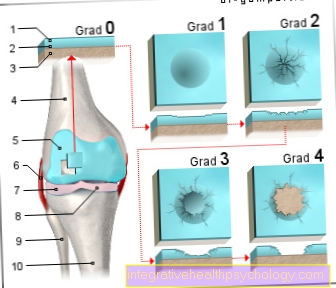
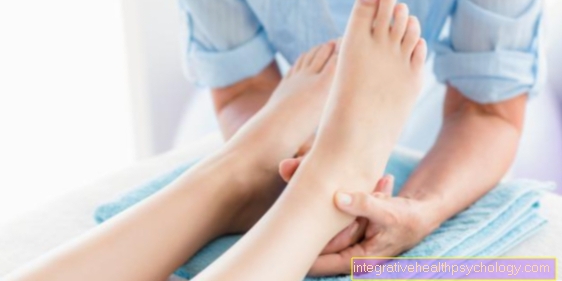

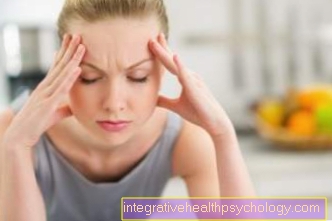




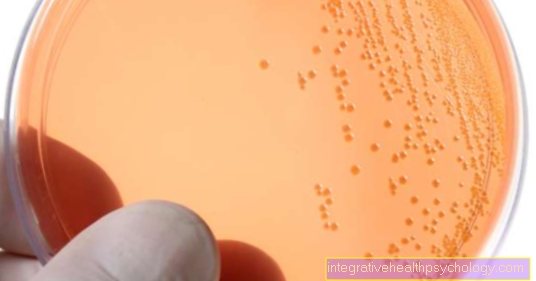
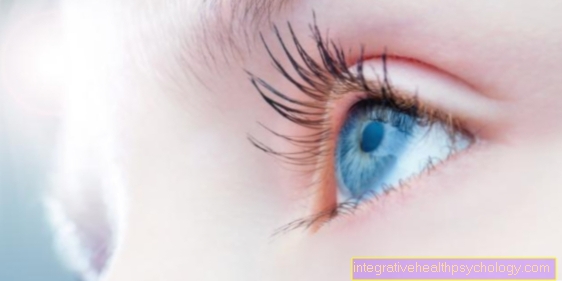

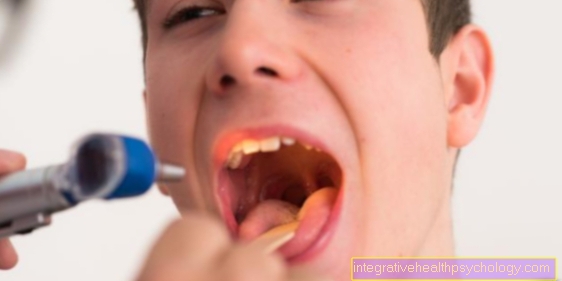
-mit-skoliose.jpg)

